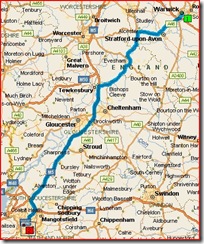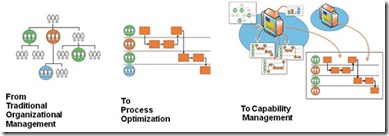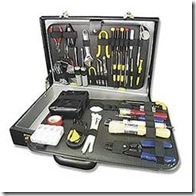Gary Hamel, renowned author of ‘Leading the Revolution’, has just come out with a new work, ‘Management 2.0’. If any one think that I am being a bit radical in my proposals for changing the modern day workstyle, then they should have a read of this book. I had the pleasure of hearing Gary present on the topic at the recent Leaders in London event, and the extremity of his thinking made me feeling conservative and tentative.
He started with the slide of the following points…
Can You imagine…
· Having employees rate their bosses, and then publishing the results online
· Allowing employees to say no to any order or request
· Inviting thousands of outsiders to help your company develop its strategy
· Giving managers 60 direct reports
· Abolishing all titles and ranks
· Publishing the details of every employee’s salary and compensation package
He then went to explain that every one of those practices liste technology h d were currently in place in companies. He talks extensively about how “Bureaucracy is failing us” and “Management as essentially stopped evolving.” But what he is constantly driving at is how to break down the conventional inflexibility and drive greater innovation in how companies operate which is at the core of Dynamic Work. While this blog focuses on the day to day work of the modern day workplace, Gary presents a vision for the management approaches that make such work possible if not necessary.




